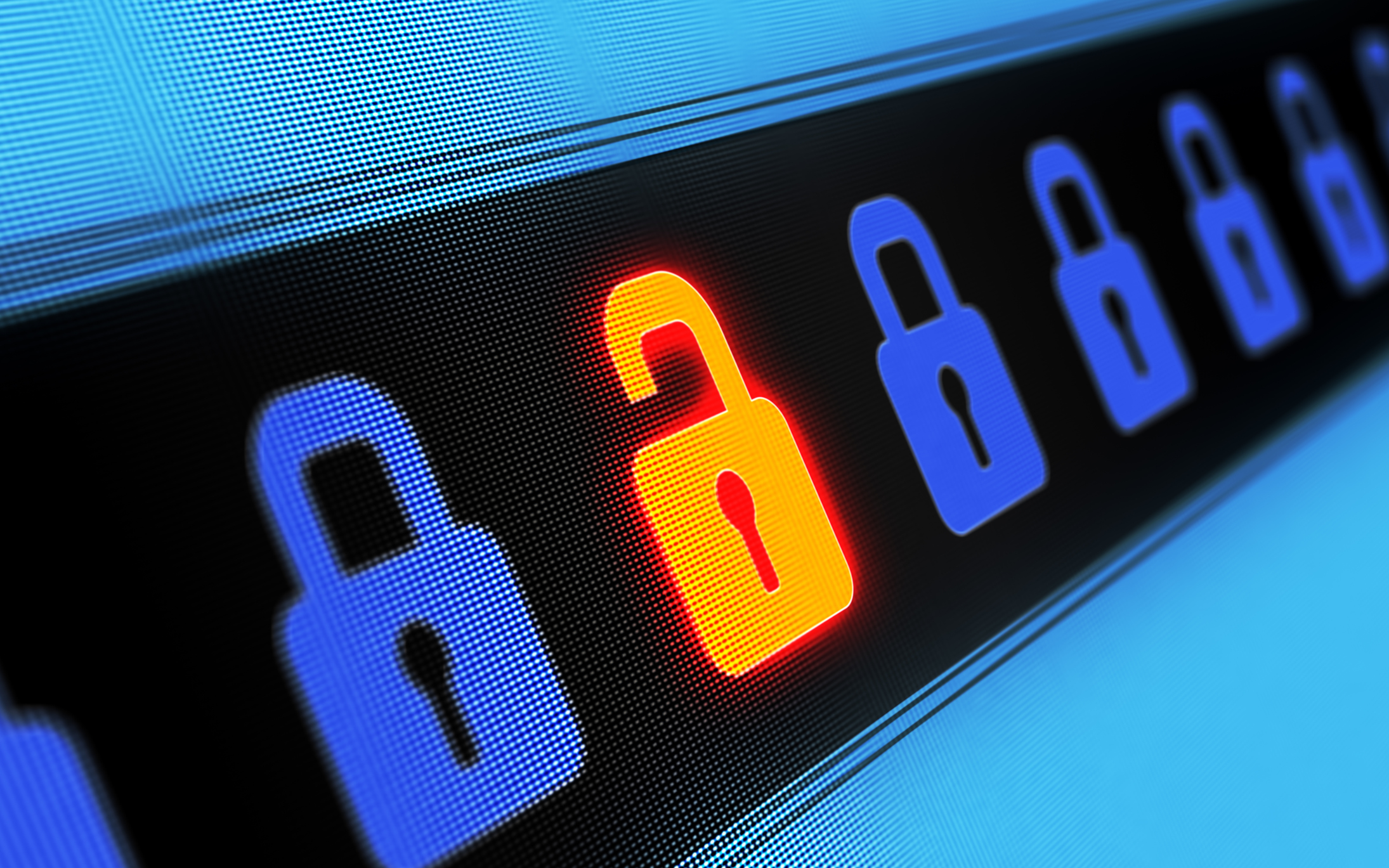
Network Vulnerability Scanning and Why You Need it Now
| July 6, 2020How do I secure my network?
Securing your network is an essential endeavor, and it should be your top priority. Schools, businesses, and organizations of all sizes and across all industries are vulnerable to steadily increasing security risks that could compromise or steal critical data, jeopardize internal and external relationships, and derail operations to the point of no return.
You have to determine potential holes and vulnerabilities across your network to secure and safeguard your data and user information against the criminal cyber activity, hackers, and threats that show no signs of stopping or slowing down. That’s why your organization needs the highest security protections to ensure your networks, users, and data are safe and secure. This starts with network vulnerability scanning.
What is Network Vulnerability Scanning?
Analyzing your organization’s network security starts with a comprehensive vulnerability scan. Network vulnerability scanning is an in-depth review that will give you insights and information on every connected device on your network. Through the review, you’ll take an inventory of all of your systems, including the operating system, patches, installed software, hardware, anti-virus and firewalls, and more. A vulnerability scan will provide you with a complete overview of every detail about your network and connected devices. It will also allow you to determine if there are current or potential vulnerabilities on your network systems to implement the appropriate security measures.
Vulnerability Scanning vs. Penetration Testing
It’s important to note that a vulnerability scan is not the same as a penetration test, or ‘pen test, which is an active attempt to gain access to a system through a known vulnerability or by manipulating an end-user. Instead, an automated vulnerability scan sheds light on the device-level weaknesses you may not be aware of, so that you can take action to protect your networks and devices.
Vulnerability scanning focuses on prevention rather than penetration. While penetration testing should be performed on an annual basis, best practices suggest vulnerability scanning on a once-a-month or quarterly basis, at the very least. However, both are requirements for a comprehensive approach to cybersecurity, and the two efforts work in tandem.
How long does it take to perform a Vulnerability Scan, and what does a Network Vulnerability Scan do?
A full scan usually takes between a few hours to one business day while the automated scanning software reviews all systems and connections—the more modern the scanner, the better the results. Sophisticated scanning software will provide reports that can organize the number of threats and where they exist, the type of risks, and even identify the appropriate solution.
A network vulnerability scan will also compare versions of the OS/Applications and compare against known vulnerability databases to help identify older and “unpatched” applications and systems that need to be patched or retired. For firewalls, the vulnerability scan will help determine if any open or well-known ports could be exploited and need to be shut down.
Why is Vulnerability Scanning so important?
In addition to securing your networks and identifying threats, your company or industry may have compliance regulations that require vulnerability scans and reports regularly.
You may be required for HIPAA and SOX to perform these periodically. Also, your cybersecurity insurance may mandate that you do this to assess your eligibility on a cyberattack claim.
Key Takeaways
- You need vulnerability scanning in your environment, no matter your organization’s size.
- Running frequent vulnerability scans can protect your networks, systems, data, and users against harmful cybersecurity threats and attacks.
- Perform vulnerability scans during regular business hours to collect as much data from as many systems as possible.
- Schedule vulnerability scans once per month or at least once per quarter.
- Pair your vulnerability scans with an annual penetration test to ensure your systems are comprehensively secured.
- Consider outsourcing your vulnerability scanning to an external IT company. Even if you have an internal IT team or CIO, an outsourced technology company will have the most up-to-date software and technologies to ensure a thorough scan, identify holes and weaknesses, and provide the best recommendations and solutions.
Choosing the right solution for your unique environment is the key to this critical layer of protection for your organization. At Concensus, we’ll work with you to review where you are today so that you can plan for tomorrow.

